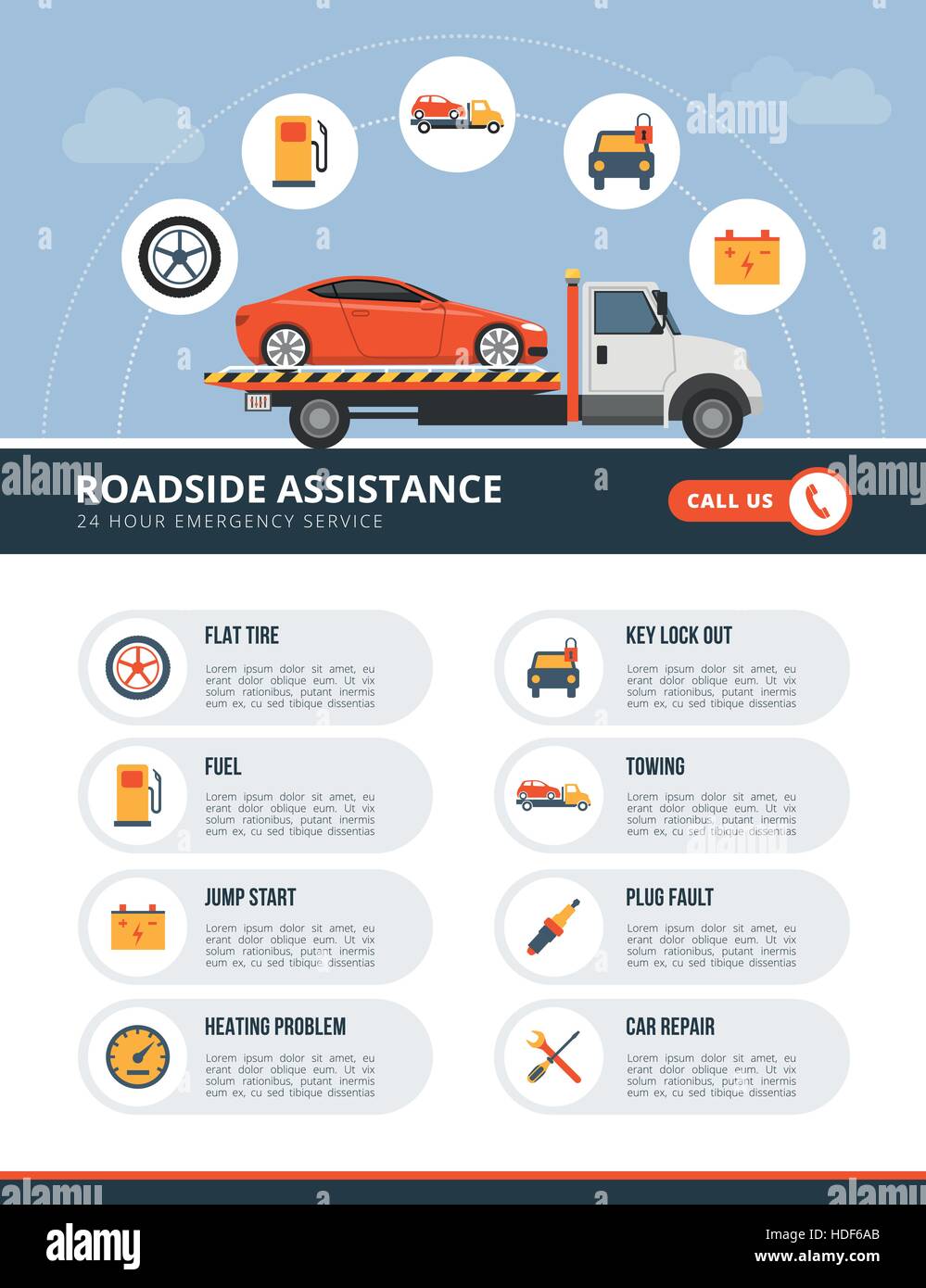Recognizing Your Vehicle'S Warning Lighting: What Do They Actually Mean?
Recognizing Your Vehicle'S Warning Lighting: What Do They Actually Mean?
Blog Article
Brake Caliper Painting Service Near Me -Lim Corbett
When you're behind the wheel, those beautiful caution lights on your control panel can be a little bit complicated. Do you know what they're attempting to inform you about your vehicle's wellness? Understanding the importance of these lights is vital for your safety and security and the longevity of your vehicle. So, the next time among those lights pops up, wouldn't you want to decipher its message accurately and take the essential actions to resolve it?
Common Caution Lighting and Interpretations
Identify common caution lights in your car and comprehend their definitions to guarantee secure driving.
The most normal caution lights consist of the check engine light, which signifies problems with the engine or exhausts system. If this light begins, it's crucial to have your automobile checked without delay.
https://oil-change-deals-near-me73849.blog2freedom.com/31932535/a-comprehensive-guide-to-cleaning-and-shielding-your-automobile-s-inside warning light indicates reduced oil pressure, needing instant focus to prevent engine damage.
A flashing battery light might suggest a faulty billing system, possibly leaving you stranded if not resolved.
The tire stress monitoring system (TPMS) light alerts you to low tire stress, impacting automobile stability and fuel efficiency. Ignoring this can lead to harmful driving problems.
The abdominal muscle light shows a trouble with the anti-lock braking system, jeopardizing your capability to stop promptly in emergency situations.
Lastly, the coolant temperature level warning light warns of engine overheating, which can cause severe damages if not fixed quickly.
Comprehending these usual caution lights will assist you address problems promptly and preserve risk-free driving conditions.
Significance of Prompt Focus
Comprehending the typical warning lights in your cars and truck is just the primary step; the importance of immediately addressing these warnings can not be stressed sufficient to ensure your safety and security when driving.
When a warning light illuminates on your control panel, it's your auto's method of communicating a possible concern that needs attention. Disregarding these warnings can cause much more serious troubles in the future, jeopardizing your safety and security and potentially costing you more in repairs.
Prompt interest to warning lights can prevent break downs and accidents. For instance, a blinking check engine light can suggest a misfire that, if left unattended, could create damages to the catalytic converter. Addressing this quickly can conserve you from a pricey repair.
In a similar way, a brake system alerting light could signal reduced brake fluid or worn brake pads, vital parts for your security when driving.
Do It Yourself Troubleshooting Tips
If you see a warning light on your dashboard, there are a couple of DIY fixing tips you can try before seeking expert help.
The very first step is to consult your automobile's handbook to understand what the particular caution light indicates. In some cases the problem can be as straightforward as a loosened gas cap causing the check engine light. Tightening the gas cap might settle the trouble.
An additional usual problem is a reduced battery, which can trigger various warning lights. Inspecting the battery links for deterioration and ensuring they're protected could take care of the issue.
If a caution light lingers, you can attempt resetting it by separating the cars and truck's battery for a couple of minutes and afterwards reconnecting it. Additionally, inspecting your automobile's liquid levels, such as oil, coolant, and brake liquid, can aid troubleshoot advising lights connected to these systems.
Conclusion
In conclusion, recognizing your vehicle's caution lights is necessary for maintaining your automobile running efficiently and safely. By promptly dealing with these alerts and understanding what they imply, you can avoid pricey fixings and potential failures.
Remember to consult your car's handbook for certain information on each cautioning light and take action accordingly to make sure a trouble-free driving experience.
Stay informed, remain risk-free when traveling!
